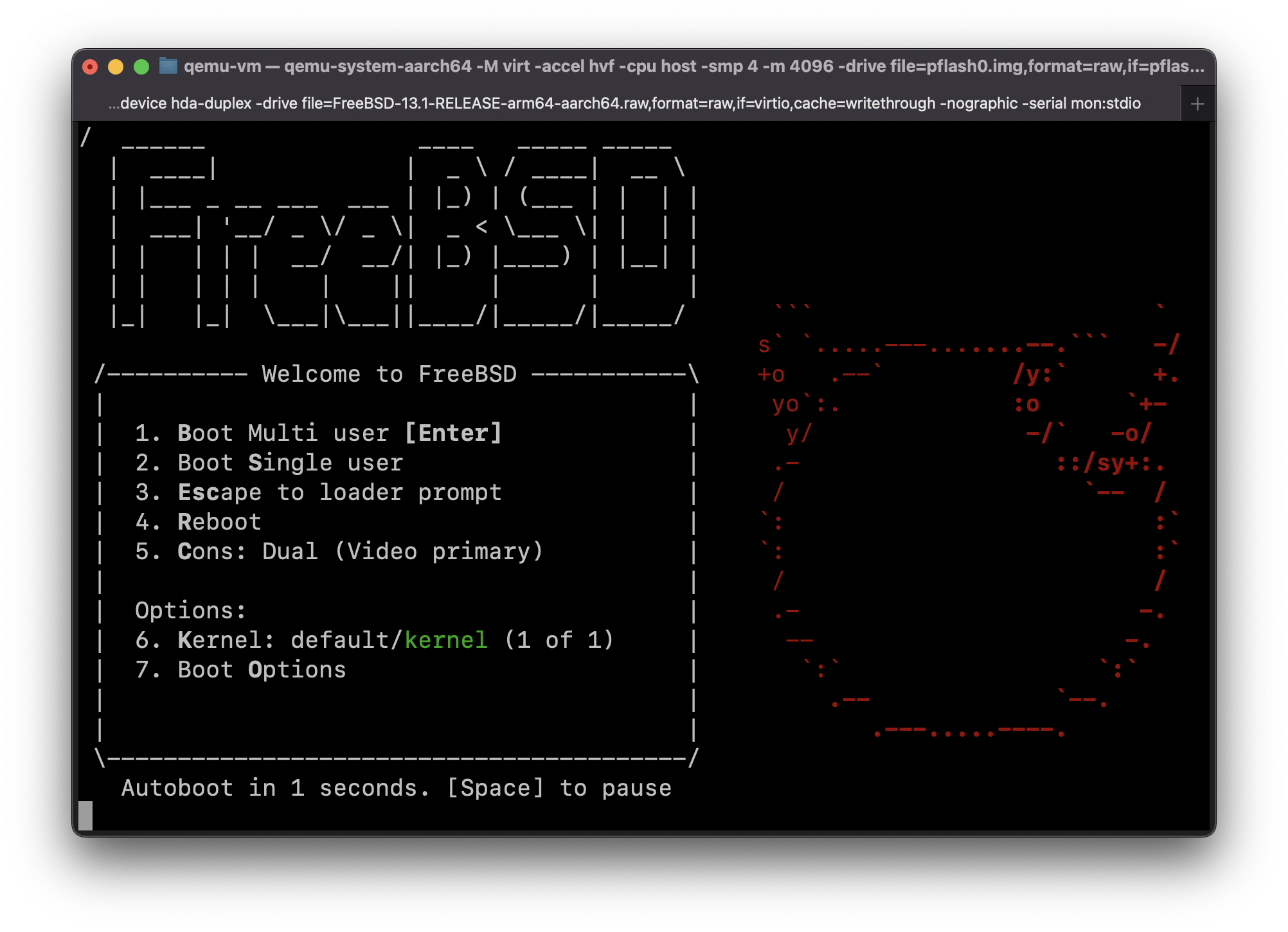The Binary Lambda Calculus (BLC) is a minimal, pure functional programming language invented by John Tromp in 2004 [1] based on a binary encoding of the untyped lambda calculus in De Bruijn index notation.
So you want to write a sync system for a web app with offline and realtime support? Good luck. You might find the following resources useful.
-
Database in a browser, a spec (Stepan Parunashvili)
What problem are we trying to solve with a sync system?
-
The web of tomorrow (Nikita Prokopov)
| # th30z@u1310:[Desktop]$ psql -h localhost -p 55432 | |
| # Password: | |
| # psql (9.1.10, server 0.0.0) | |
| # WARNING: psql version 9.1, server version 0.0. | |
| # Some psql features might not work. | |
| # Type "help" for help. | |
| # | |
| # th30z=> select foo; | |
| # a | b | |
| # ---+--- |
This was a response to a Hacker News comment asking me what I've been up to since 2010. I'm posting it here since HN rejects it with "that comment is too long." I suppose that's fair, since this ended up being something of an autobiography.
--
What happened after 2010?
Guide: Run FreeBSD 13.1-RELEASE for ARM64 in QEMU on Apple Silicon Mac (MacBook Pro M1, etc) with HVF acceleration (Hypervisor.framework)
This guide was adapted from https://gist.github.com/niw/e4313b9c14e968764a52375da41b4278#running-ubuntu-server-for-arm64
- Install Xcode from App Store or install Command Line Tools on your Mac running on Apple Silicon.
I'll preface this with three things. 1. I prefer schemes over Common Lisps, and I prefer Racket of the Schemes. 2. There is more to it than the points I raise here. 3. I assume you have no previous experience with Lisp, and don't have a preference for Schemes over Common Lisp. With all that out of the way... I would say Common Lisp/SBCL. Let me explain
- SBCL Is by far the most common of the CL implementations in 2021. It will be the easiest to find help for, easiest to find videos about, and many major open source CL projects are written using SBCL
- Download a binary directly from the website http://www.sbcl.org/platform-table.html (even for M1 macs) to get up and running (easy to get started)
- Great video for setting up Emacs + Slime + Quick Lisp https://www.youtube.com/watch?v=VnWVu8VVDbI
Now as to why Common Lisp over Scheme
Solr needs opinions, because Solr documentation gives you way too many options. It's hard to navigate the best practices for using Solr. Some of my opinions based on dozens of Solr projects :)
Schema files are a good thing. They are declarative, and not letting them change at runtime prevents all kinds of security issues. Further, classic schema / solrconfig support all of Solr's functionality and are well documented with tons of examples online in blog articles and stackoverflow. Using managed schema or the config API takes a lot of experimentation.
Static configurations can also be easily version controlled. As I've learned as a long time Elasticsearch user, this is one of Solr's advantages. Having an API for changing every underlying config option of your index means finding the code that made the change is rather time consuming.
Static configuration is also good separation of concerns. You cleanly separate
| # MIT No Attribution | |
| # | |
| # Copyright 2022 Ben Kehoe | |
| # | |
| # Permission is hereby granted, free of charge, to any person obtaining a copy of this | |
| # software and associated documentation files (the "Software"), to deal in the Software | |
| # without restriction, including without limitation the rights to use, copy, modify, | |
| # merge, publish, distribute, sublicense, and/or sell copies of the Software, and to | |
| # permit persons to whom the Software is furnished to do so. | |
| # |
This is a collection of the things I believe about software development. I have worked for years building backend and data processing systems, so read the below within that context.
Agree? Disagree? Feel free to let me know at @JanStette.
Keep it simple, stupid. You ain't gonna need it.

